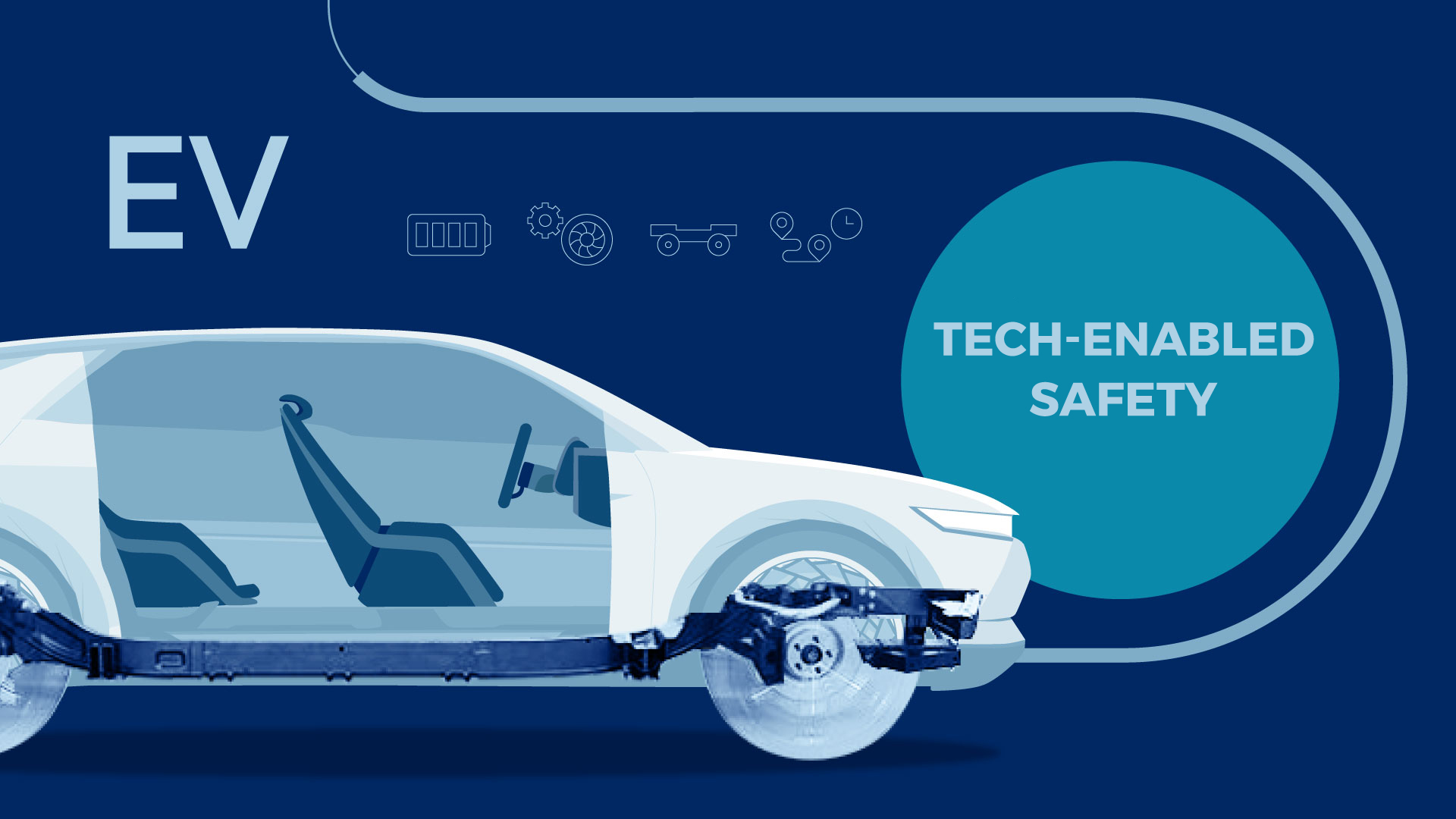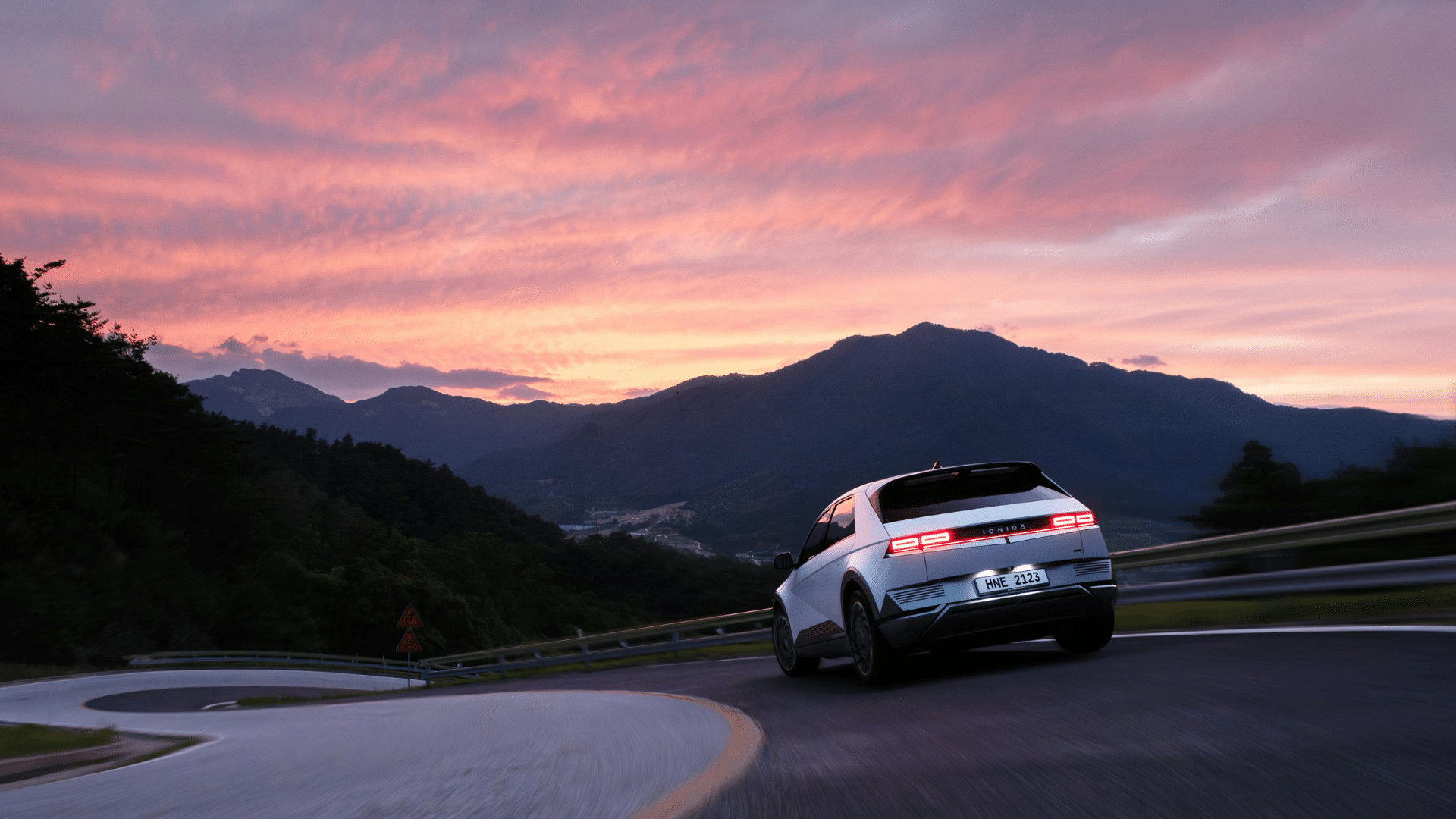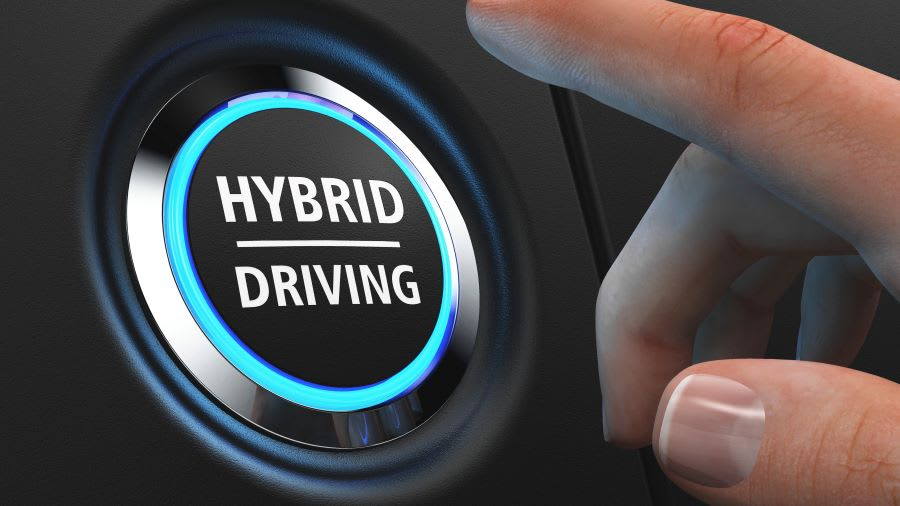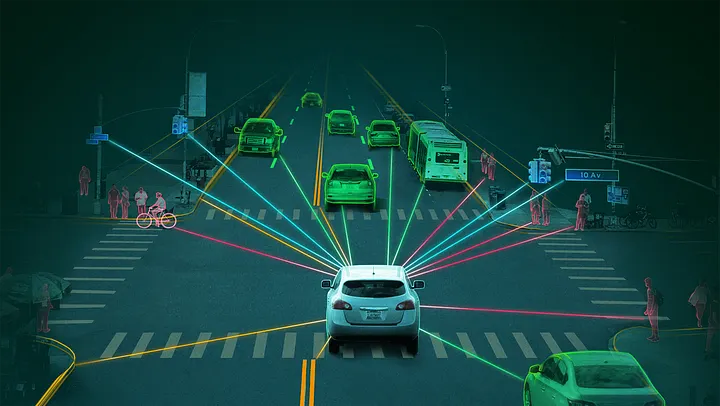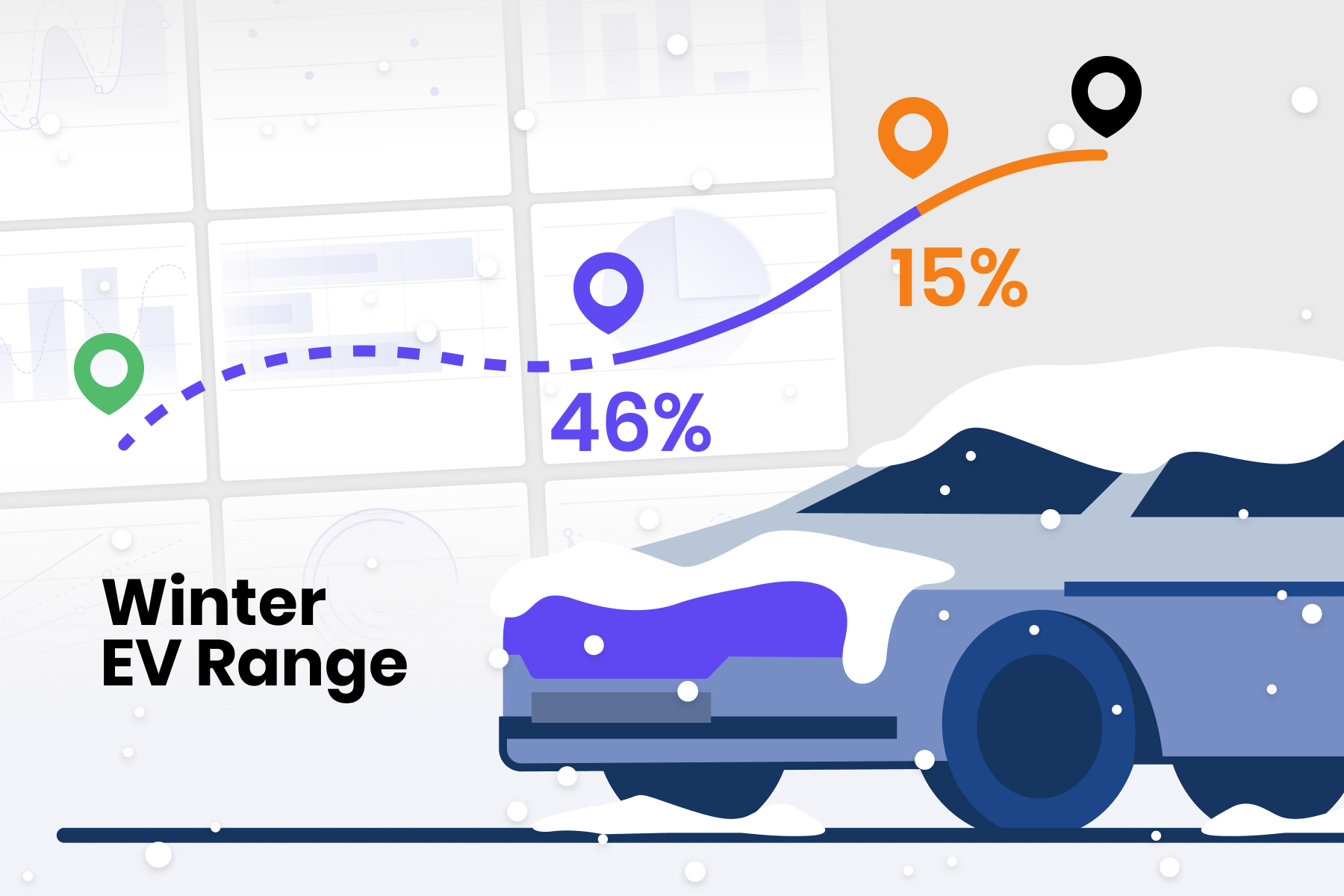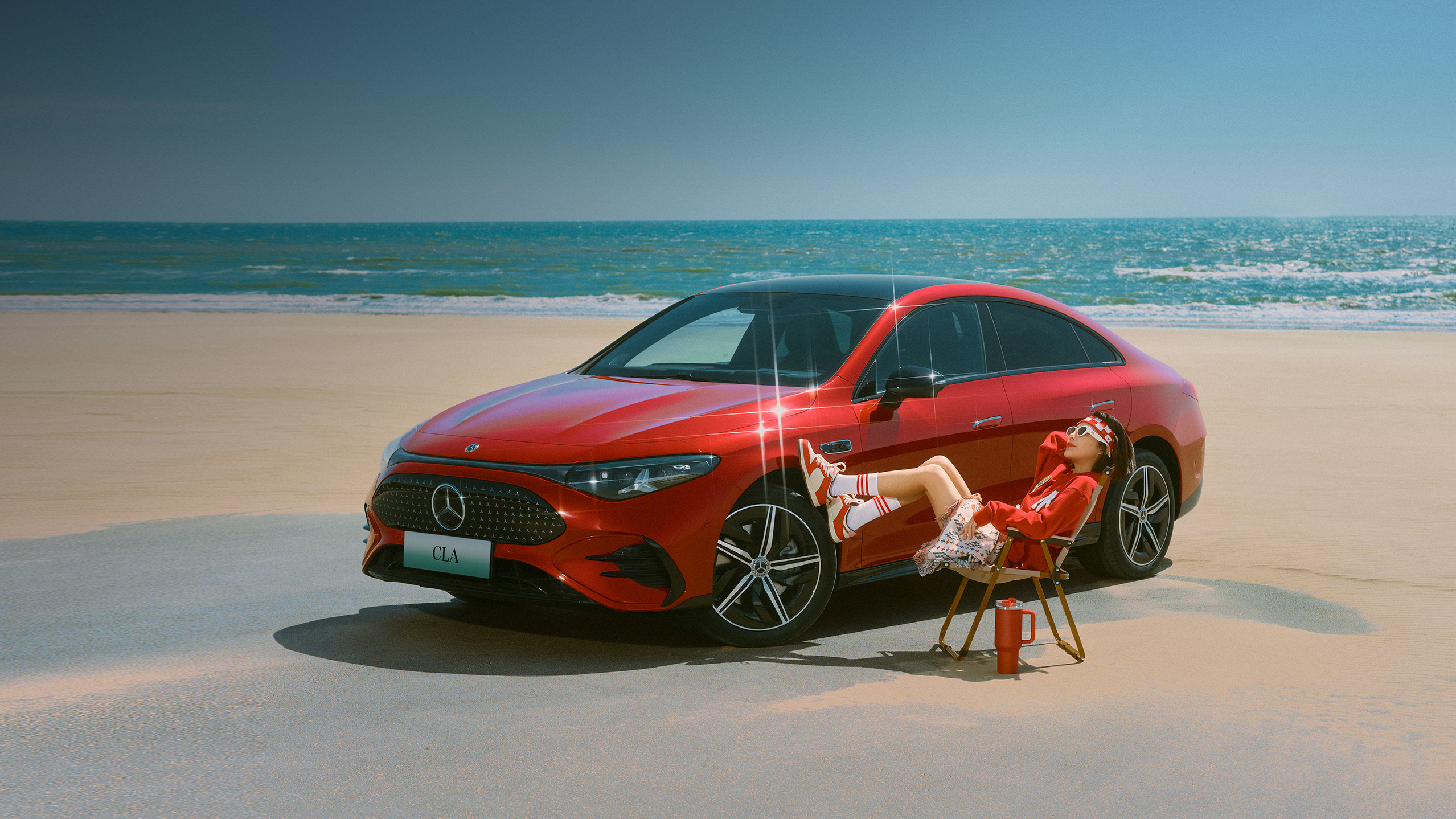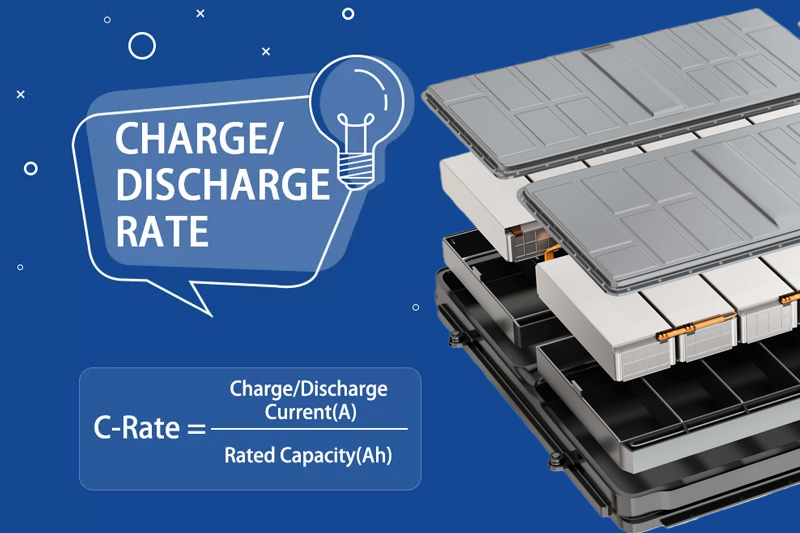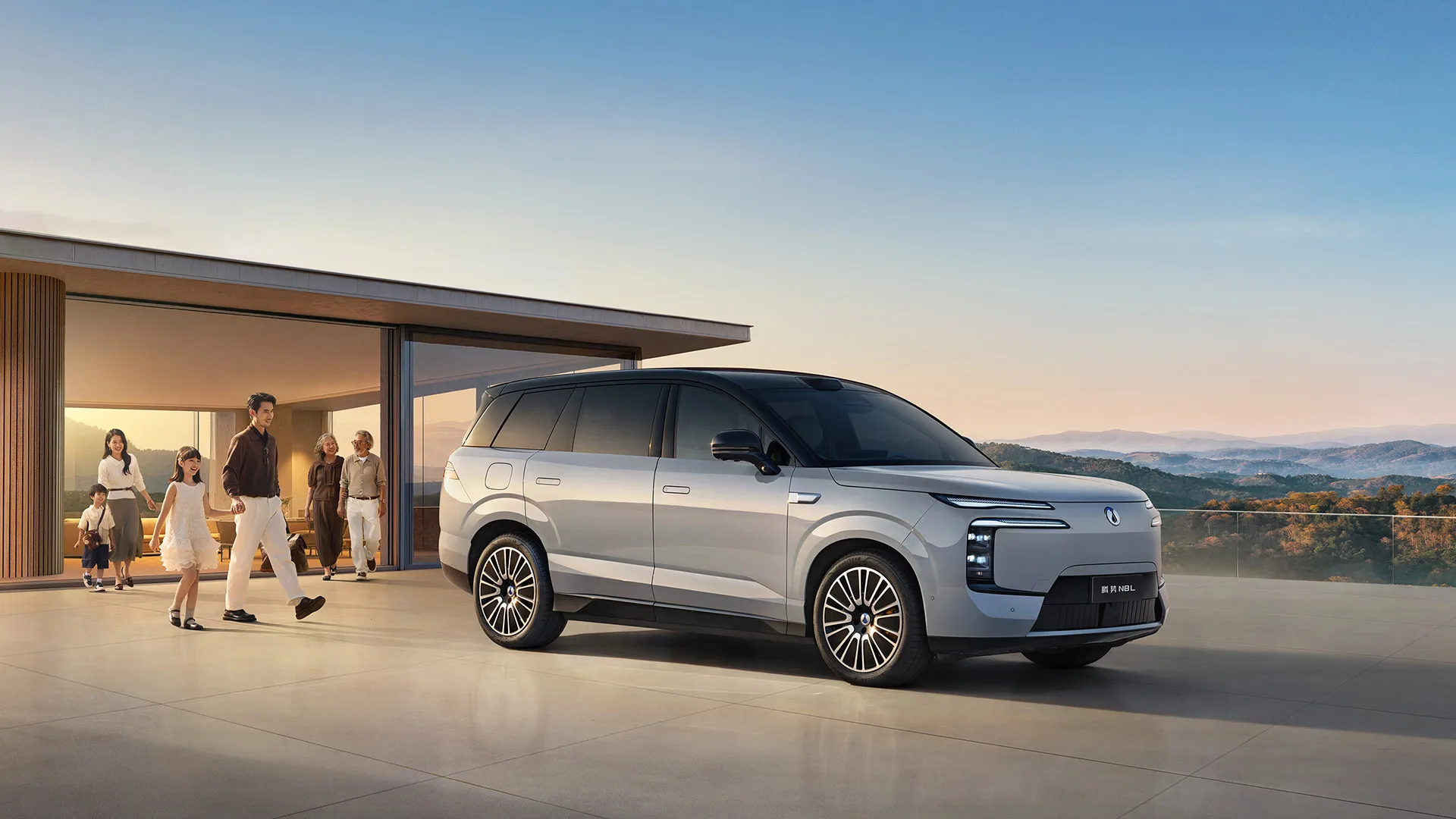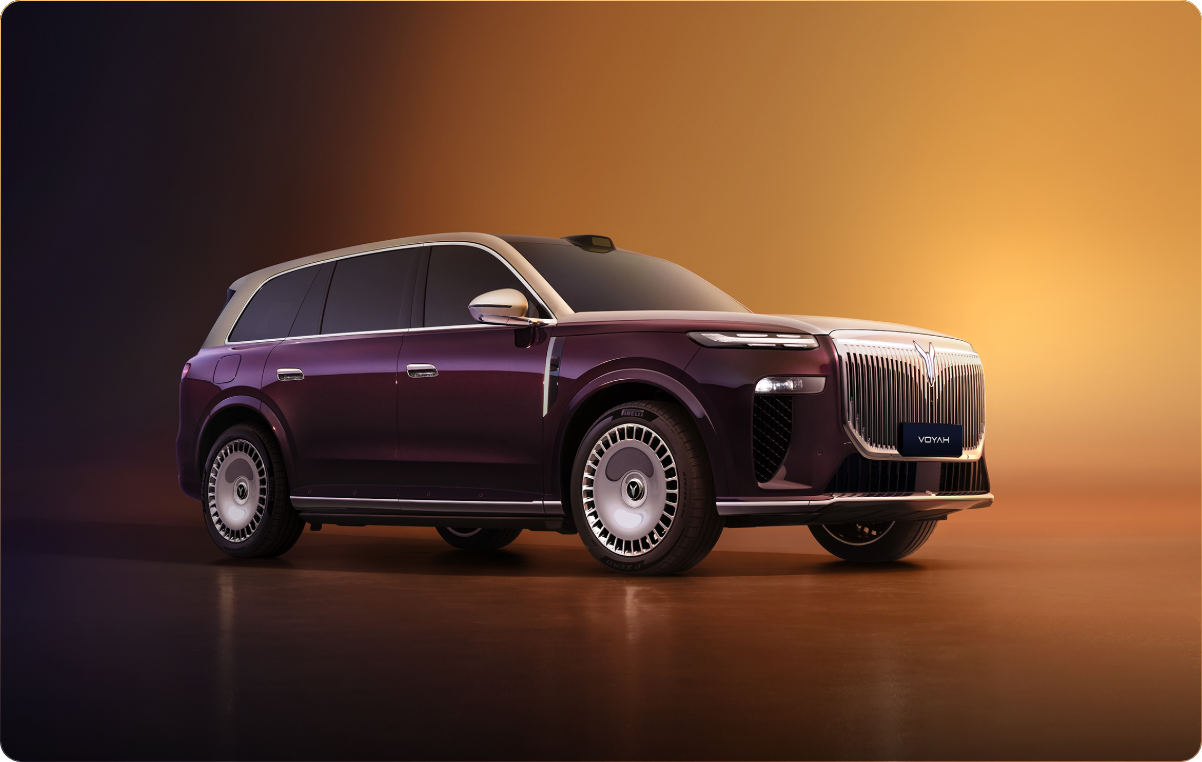China EV News
Tech-Enabled Safety: Six Most Practical Features in New Energy Vehicles
As new energy vehicles (NEVs) rapidly enter the mainstream, their configurations have evolved far beyond basic “drive and go” functionality. Features once exclusive to mid-to-high-end vehicles—especially those enhancing safety, comfort, and intelligent driving—are now widely available even on NEVs priced around 100,000 RMB. This article breaks down six of the most practical and representative smart features found in today’s NEVs, helping buyers understand which configurations truly del
Why choose a trusted Chinese Auto Supplier? China is set to strengthen its used-car export policies in 2026
From January 1, 2026, China will implement stricter regulations on used car exports, significantly changing the inspection, certification, and transportation of used cars. This means if you plan to purchase vehicles in bulk through China’s used car export market, choosing a suitable and reputable partner will ensure safe, legal, and stable delivery.
Long-Distance Driving Comfort: How Lumbar Support & Seat Adjustment Reduce Fatigue
Long-distance driving fatigue often begins in the lower back and hips. Maintaining a fixed sitting posture for hours can cause muscle stiffness, reduce blood circulation, and even increase the risk of lumbar disc issues. Automakers are optimizing lumbar support and seat adjustment systems to address this challenge from an ergonomic perspective. This article breaks down two key comfort features—lumbar support and seat adjustability
Complete Guide to All Hybrid Powertrain Types in New Energy Vehicles
In today’s rapidly evolving new energy vehicle landscape, hybrid vehicles have become an essential transitional technology. At their core, hybrid systems combine a traditional internal combustion engine (ICE) with one or more electric motors (plus a battery system).This allows hybrids to retain the proven range and reliability of gasoline or diesel engines while benefiting from the high efficiency and low emissions of electric drive systems.
What Does “GOD” Mean in Autonomous Driving?
In the field of autonomous driving for new energy vehicles, obstacle detection is a fundamental topic. But within this area, there’s a more advanced subfield — General Obstacle Detection (GOD). In this article, we’ll dive deep into what GOD means, how it works, and why it plays such a critical role in ensuring safety in autonomous vehicles.
Why Do EV Batteries Seem to Lose Their Stamina in Winter?
With the rise of new energy vehicles, many owners face the same winter dilemma — their range drops significantly and charging becomes less efficient. What you might easily cover in summer suddenly demands frequent “refuel” planning when winter hits. Why does temperature and season impact the battery’s “range power” so drastically? What deeper effects is cold having on the battery?
New Arrival: Mercedes-Benz CLA EV Officially Launched
The highly anticipated Mercedes-Benz CLA EV has officially hit the market. The brand unveiled two regular trims and one limited Champion Edition, with an official price range of 249,000 to 285,600 RMB. Built on Mercedes’ native electric platform, including an 800V high-voltage electrical system, an 866 km ultra-long range, a two-speed gearbox, the Qualcomm 8295 chip, and intelligent navigation assistance for both city and highway driving. Let’s take a closer look at this stunning new model.
What Do 4C, 5C, and 10C Charging Mean for New Energy Vehicles?
As Chinese new energy vehicles (NEVs) dominate global markets, the key question for consumers has shifted from “How far can it go?” to “How fast can it charge?” When automakers boast about 4C, 5C, or even 10C ultra-fast charging, what do these terms really mean? Let’s dive into the fundamentals, current status, and future of EV fast-charging technology.
New Car Launch: Denza N8L Officially Hits the Market from RMB 299,800
On October 28, Denza introduced its brand-new N8L, a “large six-seater luxury family SUV,” launching two models starting at RMB 299,800. The N8L is positioned as a premium SUV emphasizing super safety, luxury comfort, and advanced intelligence, directly targeting the 300,000 RMB large six-seat SUV segment.
Zeekr 9X / Voyah Taishan / Dreamme SUV: “The Chinese Cullinan” — An Intense Luxury SUV Battle Ahead!
The Chinese automotive market has once again entered a golden season of excitement this October. On September 29, Zeekr officially launched its all-new flagship SUV — the Zeekr 9X, affectionately dubbed the “Hangzhou Cullinan.” Just a week before that, the Voyah Taishan, nicknamed the “Wuhan Cullinan,” made its debut, targeting the premium luxury SUV segment. Let’s take a closer look at these dazzling contenders in China’s “Cullinan” lineup.

